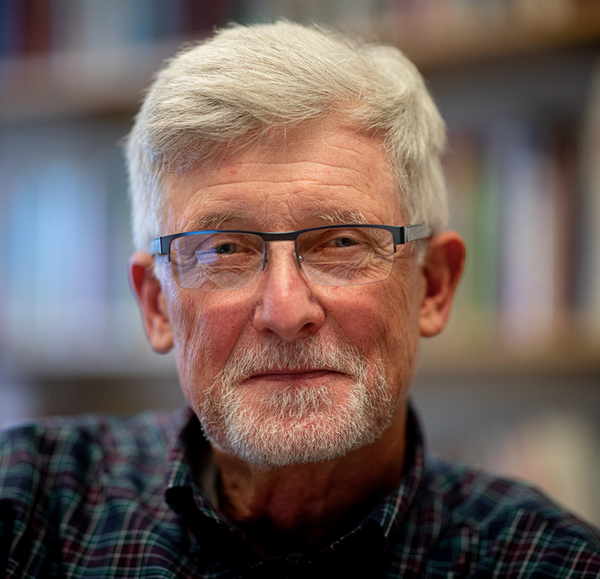Question 1: What technologies are you working with, or have you worked with?
I am a mechanical engineer who has focused on several areas over my 50 year career. Chronologically, I started in acoustics and vibrations and their impacts on people (Bolt, Beranek & Newman), later I became involved in the processing of polymers and advanced composite materials. Here I worked very closely with industry (MIT-Industry Polymer Processing Program). About 20 years ago, I became involved in what was called environmentally benign manufacturing (NSF-DOE EBM Study), and now I work largely in the areas of climate change and sustainability. On this topic, I have consulted with various private companies, but with time I could see that their incentives were not well aligned with the public goals of sustainability and greenhouse gas reduction, and so I am now much less involved with private industry on this topic.
Question 2: How do you take account of MIT’s obligation to pursue the public interest in the work that you do?
I believe that MIT, as an institution of higher learning does have an obligation to pursue the public interest. But in many of our activities it is only manifest in an indirect way. In fact, I believe our charter explicitly directs us toward the development of the industrial sciences. The implication is that by working with industry, we can promote the public good. But of course, we all know that things don't always work out so smoothly. In fact, this is probably why you're going around asking people these questions. Since I have redirected my career toward issues of climate change and sustainability, I now focus much more directly on the public good. This takes place largely through the classes I teach: 2.83/2.813 Energy, Materials and Manufacturing, 2.832/2.812 Solving for Carbon Neutrality at MIT (with Julie Newman), and 2.834/2.814 Exploring Sustainability at Different Scales.
Question 3: What more could you and others do to help MIT team meet its social obligation to pursue public interest technology?
From where I sit, it appears that the development of new technology for private firms is well-established in the DNA of MIT. But there are at least two things we could do; 1) develop mechanisms that would support the development of technology for the public sector (think mass transit instead of, or alongside of, autonomous cars.) And 2) support a more robust discussion concerning the complex path from private technology development to public well-being.
Timothy Gutowski is from Chicago Illinois. He attended college in Wisconsin (B.S. Mathematics, 1967), Illinois (M.S. Theoretical and Applied Mechanics, 1968) and Massachusetts (MIT, PhD Mechanical Engineering, 1981). He has worked at Wiss, Janney, and Elstner (structural engineer) and Bolt, Berank and Newman (noise and acoustics consultant) and has taught mechanical engineering at the Escuela Politécnica Nacional in Quito, Ecuador, while he was in the Peace Corps.
He is currently a Professor of Mechanical Engineering at the Massachusetts Institute of Technology, where he has been on the faculty since 1981. From 1994 to 2004 he
was the director of the Laboratory for Manufacturing and Productivity at M.I.T., and from 2001 to 2005 he was the associate head of the Department of Mechanical Engineering. From 1999 to 2001 he served as the chairman of the DOE/NSF international panel on Environmentally Benign Manufacturing. His research interests have ranged from polymer processing, to advanced composites manufacturing, to manufacturing systems design, and more recently, manufacturing and the environment, climate change and sustainability. His current area of study is focused on the climate change consequences and mitigation strategies for engineered systems including; manufacturing, transportation, buildings and energy systems. He has taught the subject “Solving for Carbon Neutrality at MIT” with the director of MIT’s sustainability office, Julie Newman, for the past 5 years.
He has over 150 technical publications, three books, and seven patents and patent applications. His most recent books are: Thermodynamics and the Destruction of Resources, (with Bhavik Bakshi and Dušan Sekulić ) Cambridge University Press 2011, and Advanced Composites Manufacturing, Wiley 1997. And in 1972 he wrote Conceptos Básicos de la Teoría de Vibraciones.

